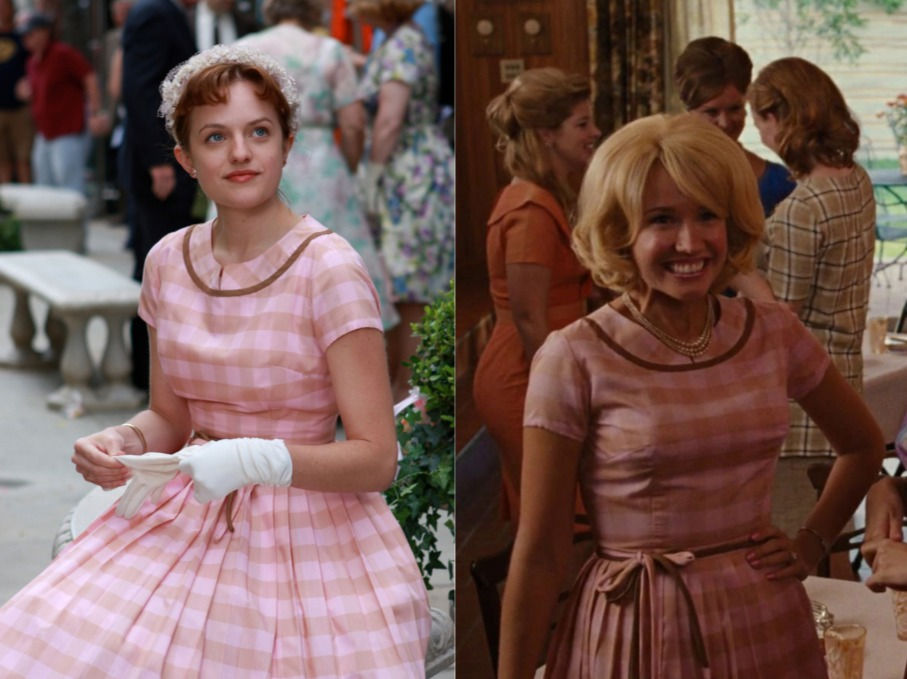How Environmentally Friendly is the Costume Department?.
- Caitlin Nickels
- Apr 6, 2023
- 3 min read
Updated: Apr 13, 2023
Ever wonder what happens to costumes at the end of filming?

The costume department in the film industry is inherently wasteful. According to the British Academy of Film and Television Arts (BAFTA), a typical film or TV set will use more clothing than the average person in their lifetime and will produce more waste in a week than the average household in a year. One of the factors adding to the amount of waste are the costumes used on set. Have you ever wondered about what happens to costumes when the production ends? Where do they all end up? Costume designers get very little say on what happens to the clothes used on set. It’s ultimately the producers and the studio that get to decide what happens at the end of filming.
Costumes usually end up in fashion limbo after production is wrapped. Movies backed by large production companies, such as Disney, usually rely on costume warehouses that hold pieces from past sets that can be reused. This is a great way of reusing pieces for a variety of different needs depending on the project, and you can find costumes from all different eras to dress a cast. Frequently custom pieces owned by big productions, will often go back into their costume houses so they can be checked out and borrowed again for another project. Unfortunately, if a project isn’t backed by a large production company it can be difficult to access these warehouses, but also very expensive. Even when costume designers pull from rental houses, the options can be limited at times, which results in sourcing clothes from contemporary or even vintage stores, or creating costumes from scratch, adding to the volume of costumes that already exist.
Big studios will occasionally roll costume stock over from one show or film to another. And there are many examples of costumes being re-used today, such as the brown and pink checked dress which first appeared on character Peggy Olsen in season 2 of Mad Men (2008) and then later on character Jolene French in The Help (2011). But rarely TV shows or film franchises will get rid of any costumes until the show has finished or has been cancelled, and so the costumes then end up in ‘dead storage’, waiting to be used again for another season or film sequel. Everything needs to be catalogued and recorded from season to season in case of a random flashback scene that might appear in the script.

Above an example of reusing costume: Characters Peggy Olsen in Mad Men (2008), and Jolene French in The Help (2011)
For many contemporary productions, costume departments often rely on fast fashion stores to outfit characters, particularly extras, as the clothing is cheap and arrives quickly. In an industry where time is often limited and things can happen last minute, costume departments often have to resort to buying in bulk from these fast fashion outlets, as often extras only have costume fittings days before the production begins, and they don’t know the exact sizing for the extras on set. The clothes that haven’t been used are usually sent back, but many reports show that these clothes never get restocked and end up in landfill.
One reason why costuming can be hugely unsustainable is to do with the cleaning of garments. Policies enforce the cleaning of all costumes on set, often having to be washed weekly. This can quickly add up to many washes for a lot of costumes, and can be very harmful to the planet as the washing machines consume a lot of energy and water. Furthermore, special garments have to be dry cleaned, which releases harmful chemicals into the environment.
For an industry dominated by strict protocols and regulations, there is a surprising lack of standards around costuming to ensure sustainable practices are applied to every production set. So how will this media industry implement sustainable practices so that they’re a standard across the board, and will help make the community greener?









Comments